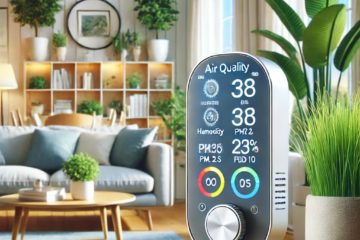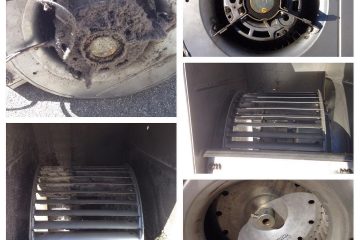Indoor air quality (IAQ) is a crucial aspect of a healthy living environment. Poor IAQ can lead to various health issues, particularly for those with respiratory conditions. Understanding the factors that impact IAQ and the steps that can be taken to improve it is essential for maintaining a safe and comfortable home.
Health Concerns Related to Indoor Air Quality
Poor indoor air quality can have significant effects on respiratory health, leading to or exacerbating conditions like asthma, allergies, and chronic respiratory diseases. For vulnerable groups such as children, the elderly, and individuals with pre-existing health conditions, the quality of the air they breathe indoors is even more critical. Regular exposure to pollutants and allergens can lead to long-term health problems, making it vital to address IAQ proactively.
Common Environmental Contributors
Several environmental factors contribute to poor air quality in your home. Common indoor pollutants include dust, mould, pet dander, and chemical emissions from household products. These pollutants can accumulate over time, particularly in areas with poor ventilation. Additionally, outdoor air pollution, such as vehicle emissions and industrial pollutants, can infiltrate homes, further degrading air quality. The temperature and humidity levels inside your home also play a role, as high humidity can promote mould growth, while low humidity can cause respiratory irritation.
Services and Products
Improving IAQ involves both professional services and the use of high-quality products. Duct cleaning is a highly effective service that can significantly reduce the buildup of dust, mould, and other contaminants in your HVAC system, ensuring cleaner air circulation throughout your home. Additionally, installing high-efficiency air filters can trap smaller particles than standard filters might miss, providing an extra layer of protection against airborne pollutants. Regular maintenance of HVAC systems, including timely filter replacements and inspections, is also crucial in maintaining optimal air quality.
DIY Tips for Maintaining Indoor Air Quality
Maintaining air quality in the home doesn’t always require professional intervention. There are several DIY steps you can take, such as regular cleaning to reduce dust buildup, ensuring proper ventilation in all rooms, and using portable air purifiers to eliminate airborne contaminants. Additionally, managing humidity levels through the use of dehumidifiers or humidifiers can help prevent the growth of mould and maintain a comfortable breathing environment.
Maintaining good IAQ is essential for the health and well-being of everyone in your home. By being aware of the factors that impact IAQ and taking proactive steps—whether through professional services like duct cleaning or by implementing DIY tips—you can ensure a cleaner, healthier indoor environment.
References and Further Reading
Environmental Protection Agency (EPA) – Indoor Air Quality




